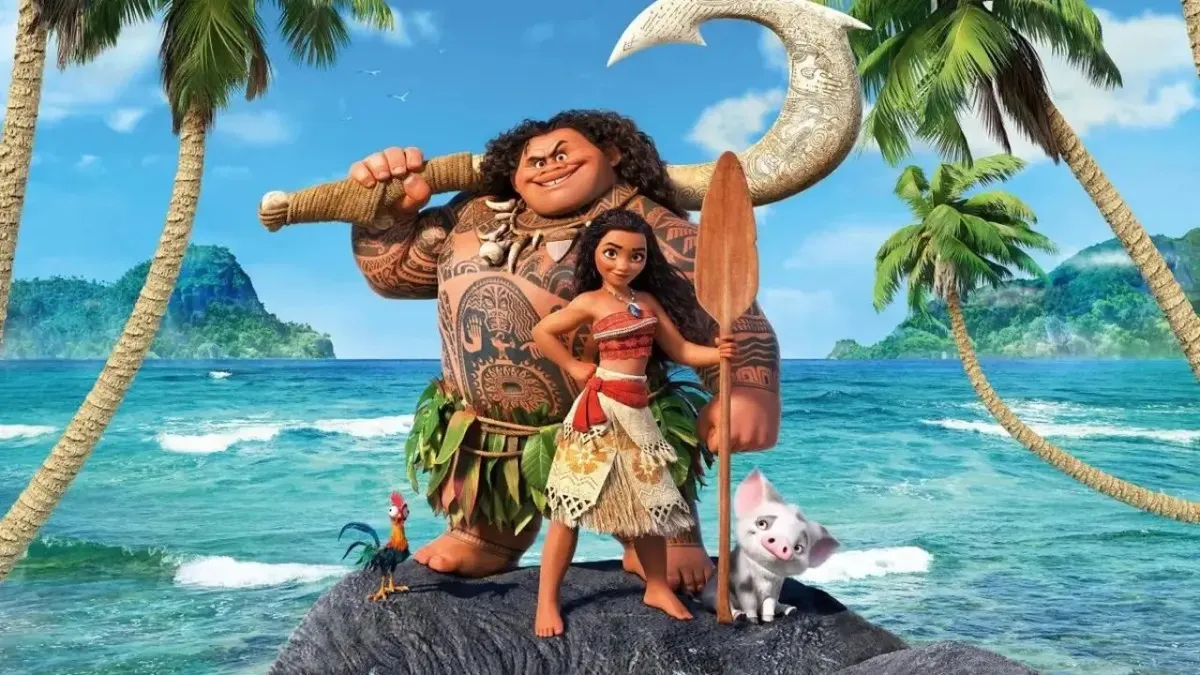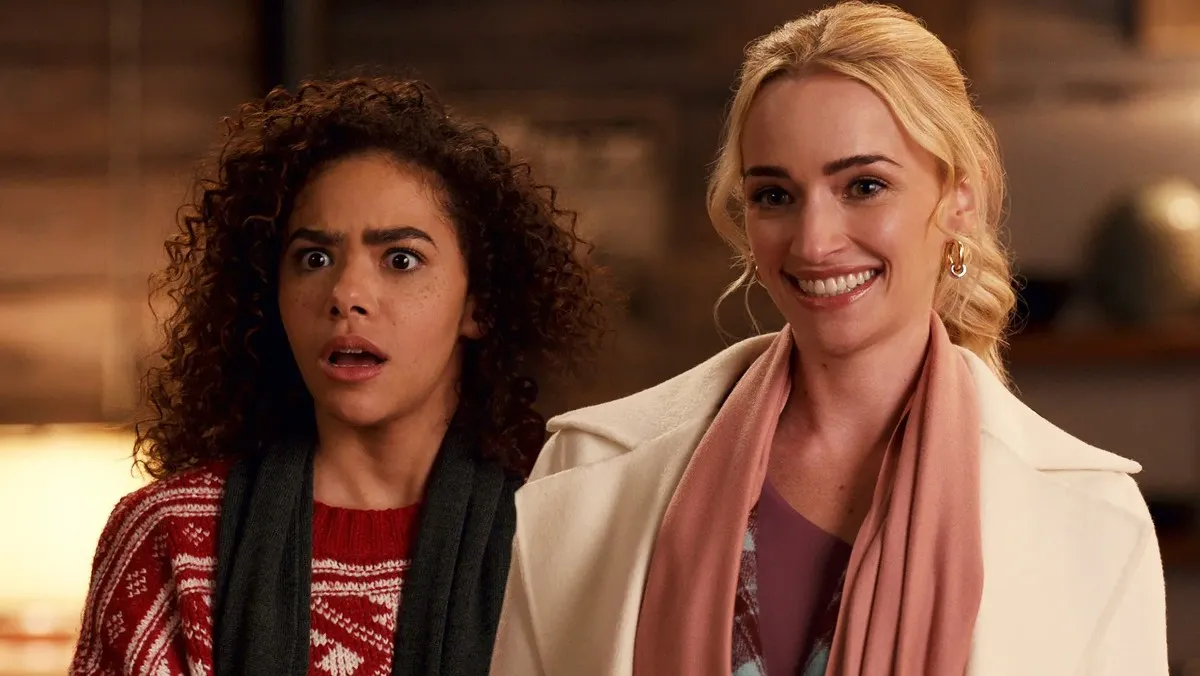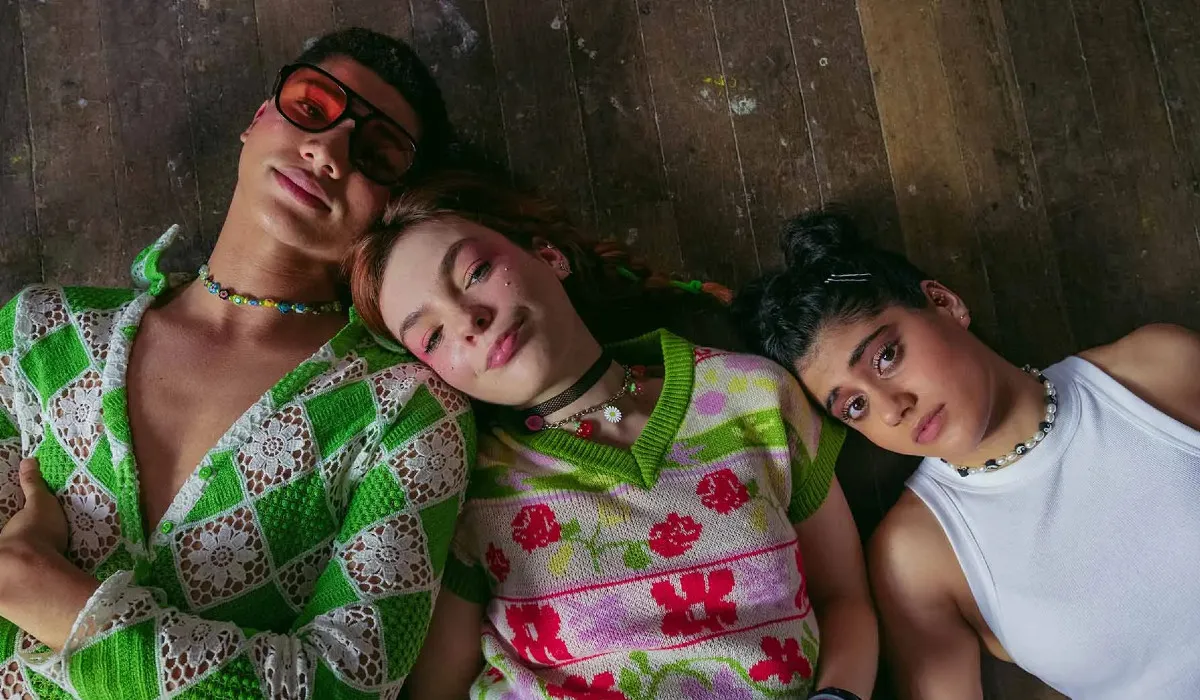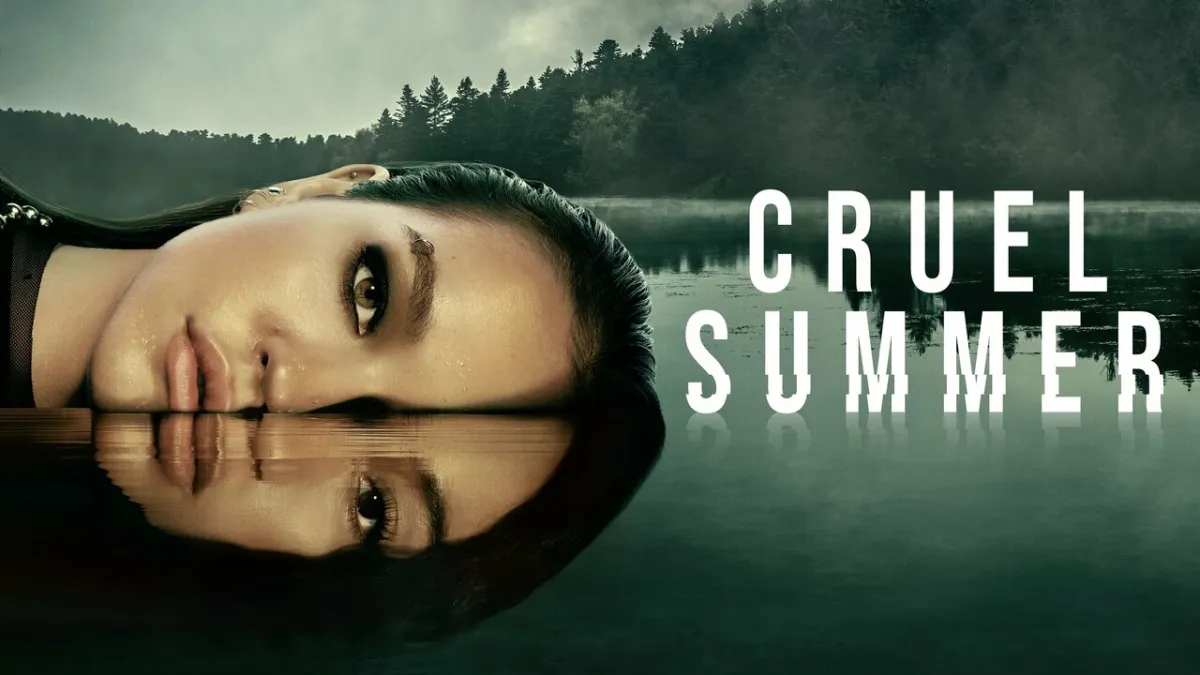When I was a kid growing up in Rochester, New York, we took two newspapers – in the morning, the Democrat and Chronicle, and in the afternoon, the Times-Union. I was relatively indifferent to their contents, of course, save one page: the comics.
I took it for granted that everyday I’d work into my schedule of goofing around and melting G.I. Joes two five-minute stretches to peruse the funny pages. Which, of course, was a misnomer. The cartoons were almost never funny, and rarely even amusing. But who cared? They were entertaining. (With the exception of Family Circus.) While my parents read their sections, I read mine.
 Being a kid, I assumed that the contents of the comics page were static and everlasting; that my parents in their youth had enjoyed the subtle Christianity of B.C. and the gentle depression of Ziggy. I believed that, I should say, up until my sister brought home from the library a massive tome called The Smithsonian Collection of Newspaper Comics for a school report. My eyes were opened; I renewed that book at the library every month for a year.
Being a kid, I assumed that the contents of the comics page were static and everlasting; that my parents in their youth had enjoyed the subtle Christianity of B.C. and the gentle depression of Ziggy. I believed that, I should say, up until my sister brought home from the library a massive tome called The Smithsonian Collection of Newspaper Comics for a school report. My eyes were opened; I renewed that book at the library every month for a year.
Cartoons have been in newspapers since the late 1800s. Before television, before radio, people explored fantasy, crime, humor and romance on newsprint. It’s hard to imagine the world that opened up for a kid in the nineteen-teens, opening the Sunday paper and seeing, for example, a full, color page of Little Nemo in Slumberland. For just a few cents.
 Then there are those collections of cartoons bound into books. Our school library in fourth and fifth grades had a secret stash, in a far corner, of Garfield books. Whenever we had library time, there was a dash for that area, to be the lucky kid who got to paw through the same tired Nermal jokes for the 20th time. Likewise at my house, my parents had a collection of Doonesbury from the mid- to late ’70s. These, frankly, baffled me – expecting some sort of humor and instead being treated to dry quips about Duke dropping acid (whatever that meant) on the Great Wall. Most of my knowledge of the impeachment of Richard Nixon and the Cultural Revolution is filtered through the pen of Garry Trudeau.
Then there are those collections of cartoons bound into books. Our school library in fourth and fifth grades had a secret stash, in a far corner, of Garfield books. Whenever we had library time, there was a dash for that area, to be the lucky kid who got to paw through the same tired Nermal jokes for the 20th time. Likewise at my house, my parents had a collection of Doonesbury from the mid- to late ’70s. These, frankly, baffled me – expecting some sort of humor and instead being treated to dry quips about Duke dropping acid (whatever that meant) on the Great Wall. Most of my knowledge of the impeachment of Richard Nixon and the Cultural Revolution is filtered through the pen of Garry Trudeau.
As newspapers continue to meet the fate of the Rochester Times-Union, which was folded into the D&C in 1997, the fate of newspaper comics is uncertain, but guessable. Their entertainment value had already been supplanted before the Internet eviscerated their delivery mechanism. But the Internet may also be the cartoon’s salvation – from Dilbert (likely the first and last major cartoon to jump from the Internet to newsprint) to XKCD to Penny Arcade to Cyanide and Happiness, cartoons are flourishing online.
We come here not to praise the new cartoon, however, but to eulogize its predecessor. We’ve culled (primarily from the copy of The Smithsonian Collection of Newspaper Comics I bought on Alibris a few years back) a selection of classic comics, with commentary about the cartoon, the newspaper and the time period, hoping to give a sense of the world in which these remarkable and often artistic pieces appeared. This is by no means a comprehensive, academic study – just a taste of what was created in the first half of the 20th Century, before you were likely to have been paying attention.
Kids today can grab a laptop and get online for entertainment (if they even do anything else). But there is something remarkable about having an entire sheet of cartoons delivered to your house every day of your childhood – something that a majority of kids born this decade will probably never experience.
So print these out and give them to some kid, will you?*
* Don’t really do this. Not all of them are in the public domain. See Mouse, Mickey.

Hogan’s Alley
Printed in 1896
That gentleman in the middle? That’s the Yellow Kid, though he didn’t get that name until Hogan’s Alley made him famous. In addition to hanging out with various offensive racial caricatures and writing his every thought on his shirt, he was one of the earliest stars of newspaper comics. (In this case, his shirt reads “Yez kin see it’s my deal – if I win one more pot Liz gits a new seal skin sack an dat goes”. Ha ha ha ha ha!)
His bald, big-eared mug was used to promote any number of products – and why wouldn’t he be? Who wouldn’t buy something with that charmer festooned upon it?
Image reproduced from The Smithsonian Collection of Newspaper Comics under fair use and / or public domain.
Buster Brown, later a shoe salesman, visits Great Britain. The artist, Richard Outcault, tried to fit more words in the frame, but it wasn’t physically possible. Actually, there’s a note from Outcault at the bottom left which explains that the image was drawn from a photograph, but that he didn’t have time to draw in all of the ads on the bus. Outcault also drew the Yellow Kid. He was kind of like the Diddy of turn-of-the-century newspaper cartoons.
You’ll notice in the drawing a gentleman with a glowing crown above his head. That’s King Edward VII, whose primary job responsibility, it seems, was greeting child tourists boarding busses. Buster’s dog, Tige, is at the lower left, near a bunch of “h”s that someone dropped. ‘Ell of a joke!
(By the way, you can click the images of most of these to see a larger version.)
Image reproduced from The Smithsonian Collection of Newspaper Comics under fair use and / or public domain.

Happy Hooligan
Printed in 1905
Continuing the representation of our national inferiority complex, three buffoonish Americans disturb the House of Lords and end up in the Tower of London. In the next week’s cartoon, they were drawn and quartered. (This is not true.)
One of the interesting components of this cartoon is the header, proclaiming that this is the cartoon supplement of the New York American and Journal. Unlike now, cartoons then weren’t syndicated, but were exclusive to papers. The Yellow Kid, for example, was purchased away from the New York World by William Randolph Hearst.
Image reproduced from The Smithsonian Collection of Newspaper Comics under fair use and / or public domain.

Little Sammy Sneeze
Printed in 1905
Enter Winsor McCay. McCay is a personal favorite who will come up again a few cartoons further on.
Sammy Sneeze is a one-trick pony that holds up longer than you might imagine. His schtick: he has to sneeze, and then does so violently and unexpectedly. The tumultuous scenarios are myriad: he scares an organ-grinder’s monkey, captures some criminals, spooks a horse, upends various carts and markets – all with his sneezes. He inhabits a lavish, upper-middle-class world that is, in McCay fashion, well-realized.
The collected Sammy Sneezes were recently collected into a full-size book that is well worth checking out. Ka-CHOW!
Image reproduced from Little Sammy Sneeze under fair use and / or public domain.

The Hall-Room Boys
Printed in 1907
I included this one because it’s a time capsule: from the $9.50 rent the boys pay to the gentlemen’s outfits, to the predicament in which they find themselves.
Also, my last name is prominently featured.
Image reproduced from The Smithsonian Collection of Newspaper Comics under fair use and / or public domain.

Little Nemo in Slumberland
Printed in 1908
Winsor McCay. In this episode of the classic Little Nemo series, Nemo is dreaming that he, Flip and the Imp are trapped in Befuddle Hall. (Flip is the fellow with the cigar, the Imp the racist caricature. More of that sort of thing to come.)
Befuddle Hall – including this episode in which the rooms are upside down and another in which everything is sideways and an intersecting hallway becomes a bottomless pit – provided imagery that stuck with me my entire life. The detail and story are remarkable, as is the reveal in the last frame, when we find that the real Nemo has fallen out of bed.
Imagine, as a child in 1908, coming across this in your father’s paper. Such a remarkably imaginative and colorful world must have been beyond compare.
Image reproduced from The Smithsonian Collection of Newspaper Comics under fair use and / or public domain.
Cartoonists back in the day were fond of packing their frames with detail. Here, the centerpiece is Ophelia Bumpps (ahem) who is at the lower right. Elsewhere, the school board is smitten with a foxy teacher, a dog is a globe, a nerd threatens to send his foe tumbling to the floor by cutting the rope the foe is riding, which itself is powered by a number of kids acting as a human waterwheel.
Image reproduced from The Smithsonian Collection of Newspaper Comics under fair use and / or public domain.

The Family Upstairs
Printed in 1911
The Family Upstairs is interesting for a few reasons. First, it echoes a common theme in these cartoons – life in New York City. Many cartoon characters live in apartment buildings and deal with their neighbors because, after all, these typically appeared in New York City papers.
But more importantly, this early cartoon by George Herriman (two strips of which appear above) featured a cat that lived in the basement, dealing with its love for a mouse that hated it. That cat later moved to Kokonino County to star in its own strip, the legendary Krazy Kat. (We’ll get to it.)
Image reproduced from The Smithsonian Collection of Newspaper Comics under fair use and / or public domain.

The Katzenjammer Kids
Printed in 1911
The Katzenjammer Kids first appeared in cartoons in the 1890s and were drawn, by a number of people, until the 1970s. The strip, according to The Smithsonian Collection, introduced the idea of a continuous plot that relied on speech balloons.
However, the kids were complete brats and really should have been sent to juvenile hall within a few weeks of introduction. Just a failure of parenting.
Image reproduced from The Smithsonian Collection of Newspaper Comics under fair use and / or public domain.

In the Land of Wonderful Dreams
Printed in 1912
You may, by now, recognize Winsor McCay. Poached by Hearst, McCay renamed Little Nemo and continued with little interruption. Here, Flip and his nemesis Dr. Pill have a building fight in a princess’ kingdom.
As a kid in the 1980s, I was mesmerized by this cartoon – this particular episode. It’s like a sentient Godzilla, operating out of spite instead of rage.
Image reproduced from The Smithsonian Collection of Newspaper Comics under fair use and / or public domain.
This is a particularly aesthetic strip with an interesting flow, drama and typography. It was from this strip that I learned that a thing such as Winged Victory existed, which made me seem classy at an early age.
Image reproduced from The Smithsonian Collection of Newspaper Comics under fair use and / or public domain.
Shown here are three vertical strips that I included because of the topic – a friendly duel between an American and a German duck, mirroring the trench warfare of a still-raging World War I. Smoke bombs, laughing gas and ink barrages replace their deadlier cousins, but it’s still odd. The modern equivalent would be a cartoon featuring a bunny rabbit that is a Taliban fighter, exploding a marshmallow IED. Wacky!
Image reproduced from The Smithsonian Collection of Newspaper Comics under fair use and / or public domain.
Mutt and Jeff you have heard of, if only in reference to a tall guy and his short companion. The strip lasted decades and was generally the sort of thing you see above. I included it because basically I have to, and because the style was often duplicated.
Image reproduced from The Smithsonian Collection of Newspaper Comics under fair use and / or public domain.
>>>Next page: Dick Tracy, Gasoline Alley, and the original Buck Rogers
(An excerpt of this post appeared at Mediaite)












